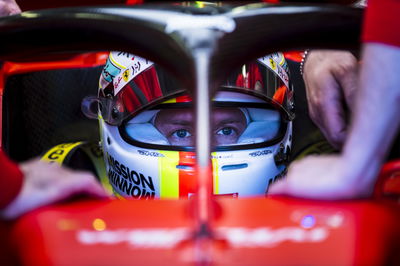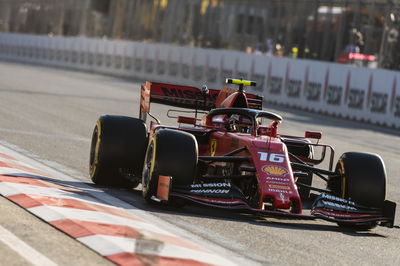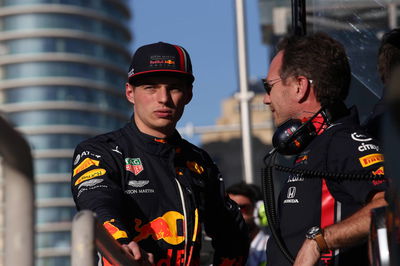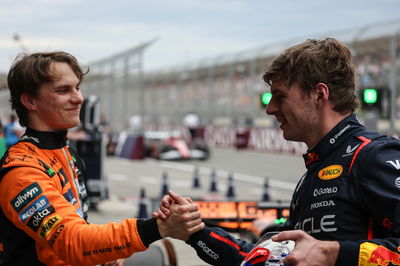F1 2019 Azerbaijan GP conclusions: Ferrari’s unsolved Rubik’s Cube
A dramatic weekend in Baku proved that Mercedes very much remains the team to beat in the 2019 Formula 1 season.
As has been the case at each of the four rounds so far this year, Ferrari was billed as the pre-race favourites. But once again, it was Mercedes that came out on top in Azerbaijan.
Valtteri Bottas converted a surprise front-row lock-out for Mercedes into its fourth straight one-two finish of 2019, leaving the Ferrari team puzzled at how things have panned out the way they have.

A dramatic weekend in Baku proved that Mercedes very much remains the team to beat in the 2019 Formula 1 season.
As has been the case at each of the four rounds so far this year, Ferrari was billed as the pre-race favourites. But once again, it was Mercedes that came out on top in Azerbaijan.
Valtteri Bottas converted a surprise front-row lock-out for Mercedes into its fourth straight one-two finish of 2019, leaving the Ferrari team puzzled at how things have panned out the way they have.
The race may not have lived up to the same levels of past craziness, but here are some of the key talking points to emerge from Baku…
No end to Ferrari struggles
The Azerbaijan Grand Prix was considered a must-win race for Ferrari in the context of this year’s world championship fight, with Mercedes already threatening to start running away with both world titles unless the Scuderia could begin to halt its momentum.
Things were looking rosy for Ferrari throughout a truncated day of running on Friday and leading up to qualifying, with Charles Leclerc and Sebastian Vettel untouchable throughout practice.
Leclerc appeared destined for pole, only to make the biggest mistake of his F1 career to date as he slammed his SF90 into the Turn 8 barriers during Q2. “I am so stupid. I am so stupid,” the Monegasque lamented over team radio in the aftermath of his error.
While Leclerc was to shoulder the blame for crashing, Ferrari appeared to put itself under unnecessary pressure in its attempts to start the race on Medium tyres and earn a theoretical strategical advantage on race day.
The move backfired as both drivers struggled for grip - Vettel had a near-miss at the same corner Leclerc crashed at moments later - with track conditions already well past their peak following a delay to the start of Q2, a result of Robert Kubica’s hefty crash at the end of the first segment.

Ironically, Leclerc’s incident would further disrupt qualifying and did not aid his teammate's chances of taking pole. Instead, it was another Mercedes front-row lockout in what acted as a double whammy for its chief rival. Leclerc would go on to finish a distant fifth in the race after Ferrari’s strategy gamble failed to reap the rewards it sought.
Ferrari pointed its lack of Q3 competitiveness to its struggles at getting Pirelli’s new-for-2019 tyres into the working window amid the cooler temperatures, while Mercedes was seemingly able to adapt to the variables better.
Vettel, who qualified third and some 0.3s adrift without the benefit of a tow along Baku’s mammoth straights, would later cite Ferrari’s tyre issues as being one of the key areas it is losing out to Mercedes in, having been unable to keep tabs with the leaders on race day, particularly in the first stint.
The four-time world champion, who has lacked confidence to push his car as he would like early on this season, compared extracting performance out of Ferrari’s SF90 challenger to solving a Rubik’s Cube.
“We have a lot of clever people in the team who could solve that puzzle in less than two minutes,” he said. “But in this case the Rubik’s Cube is a bit bigger.”












